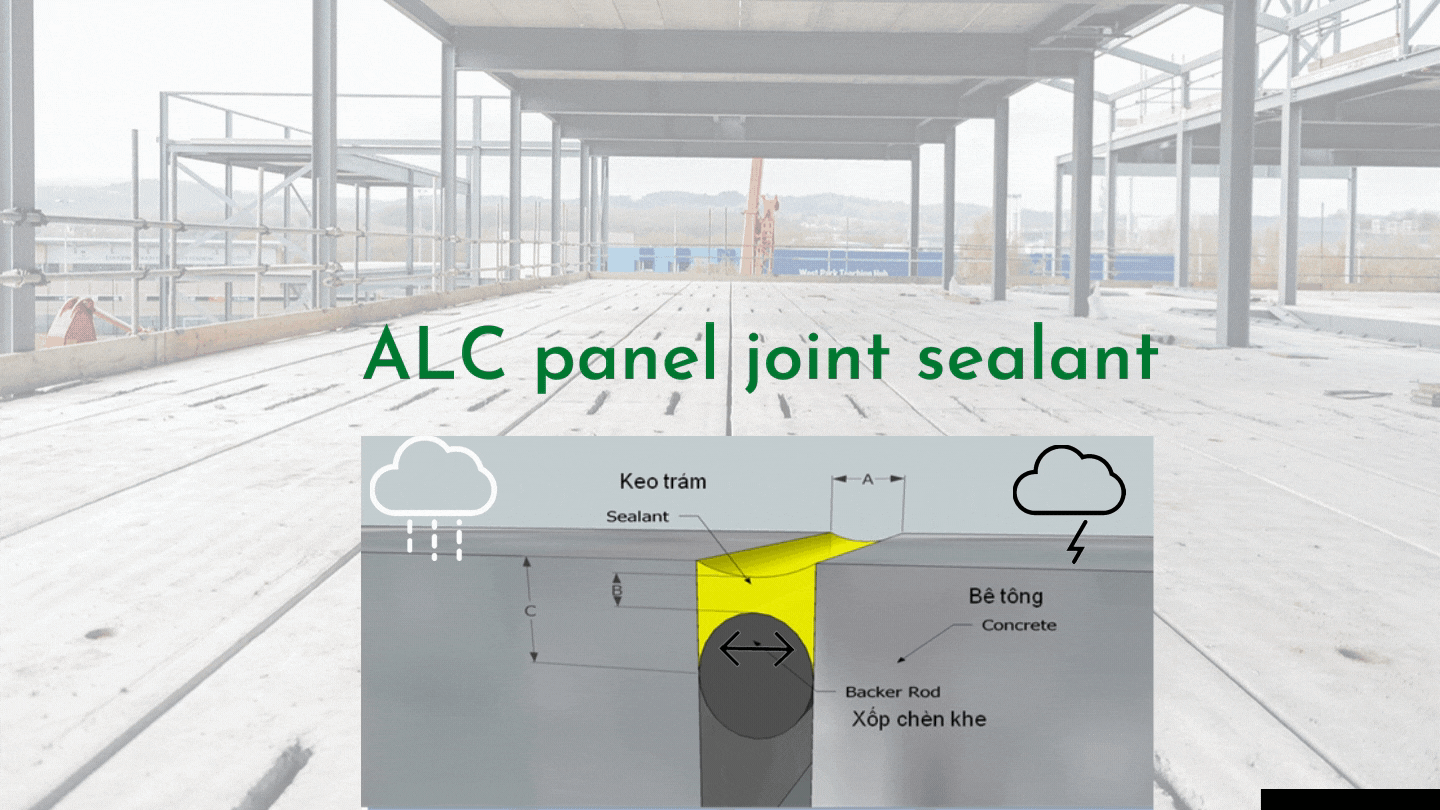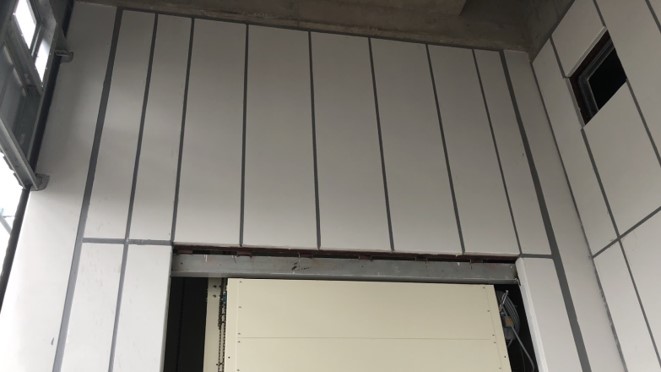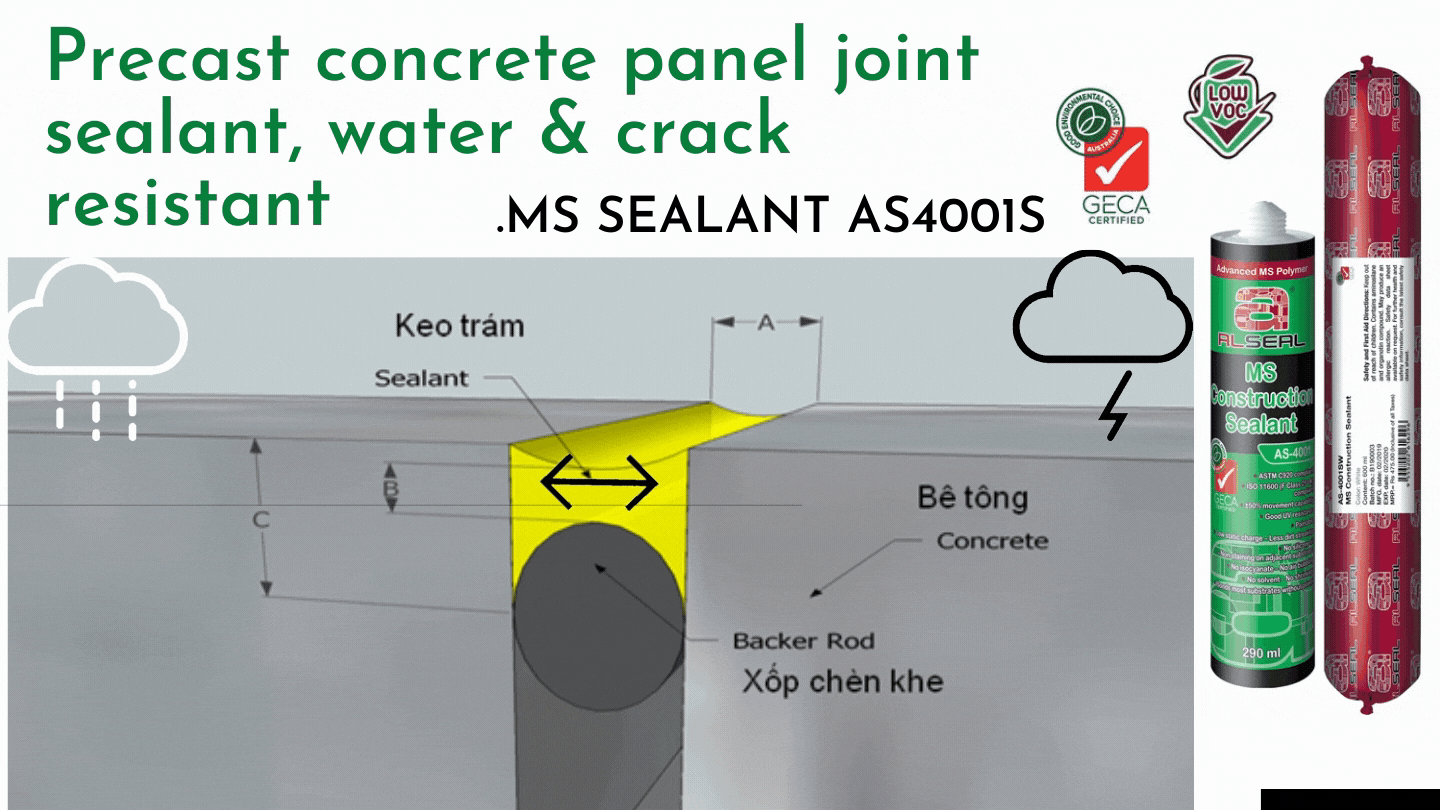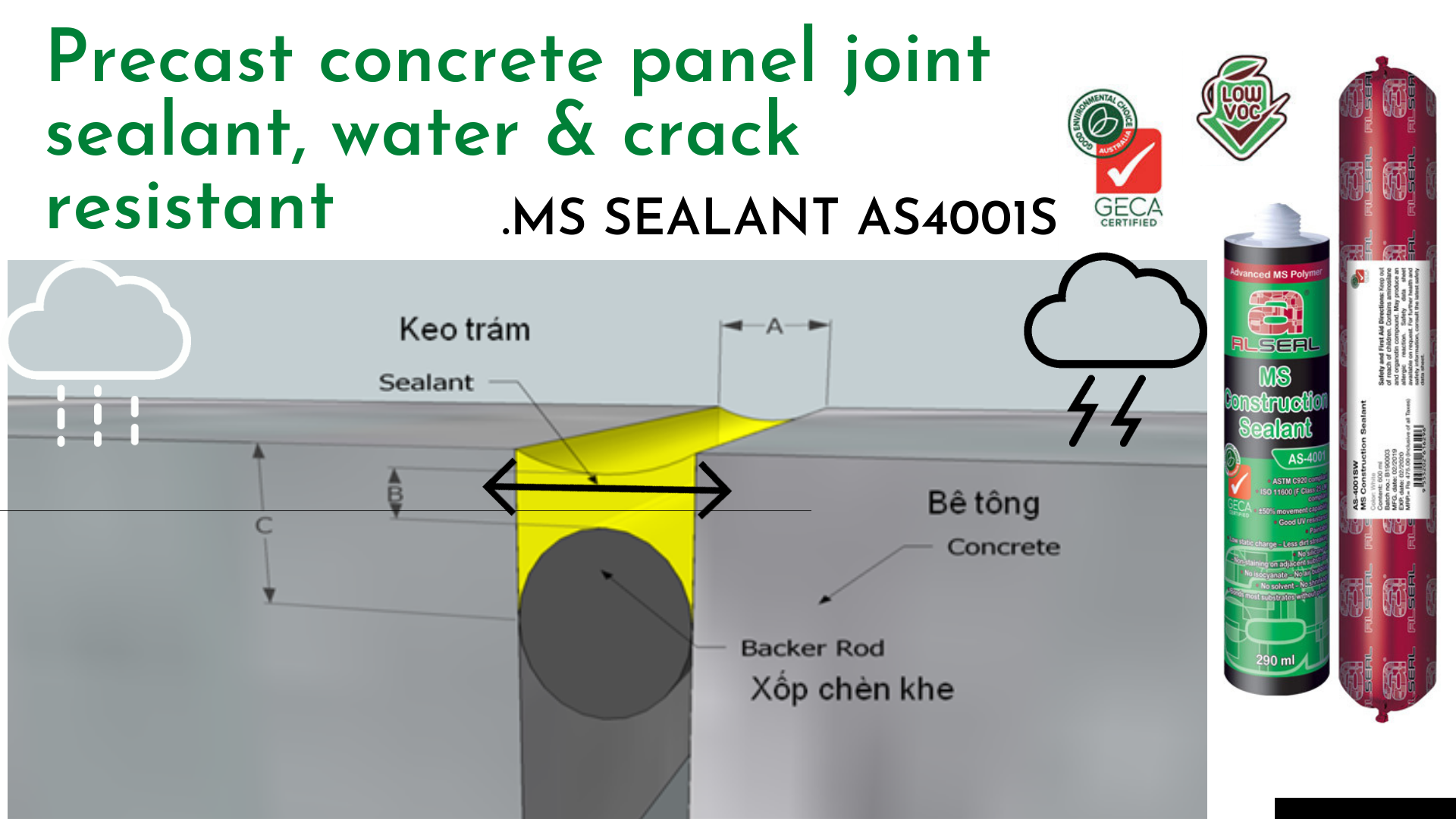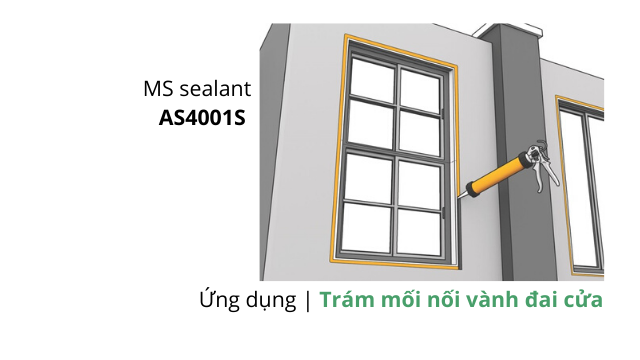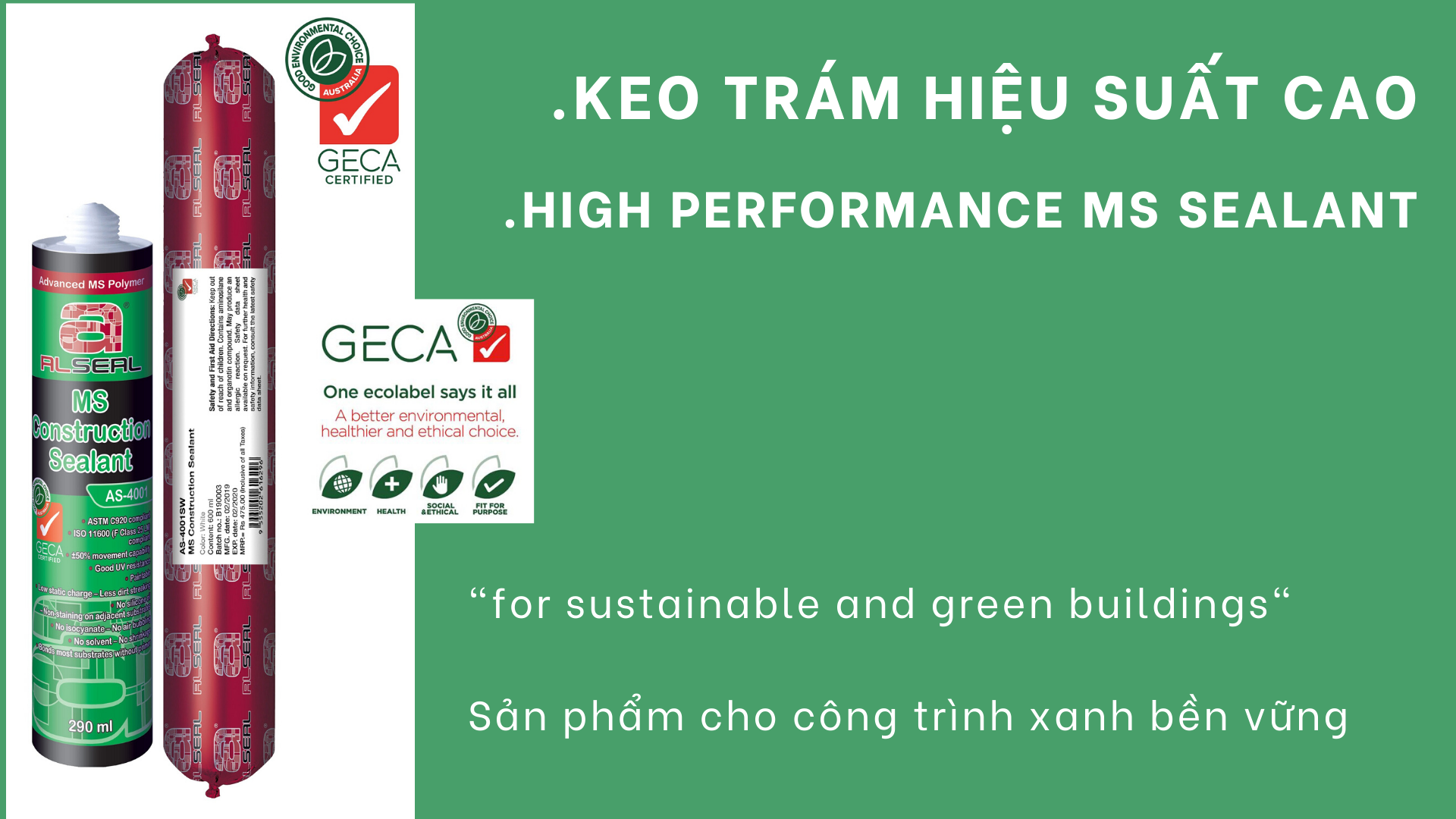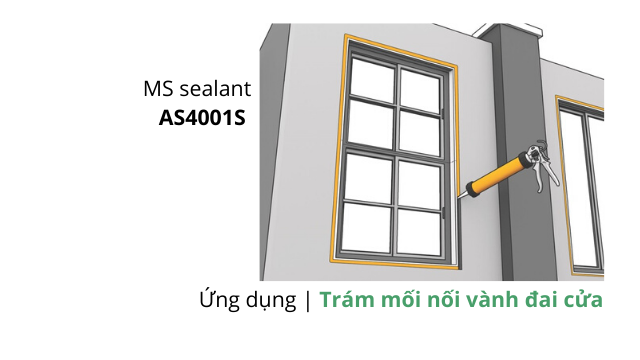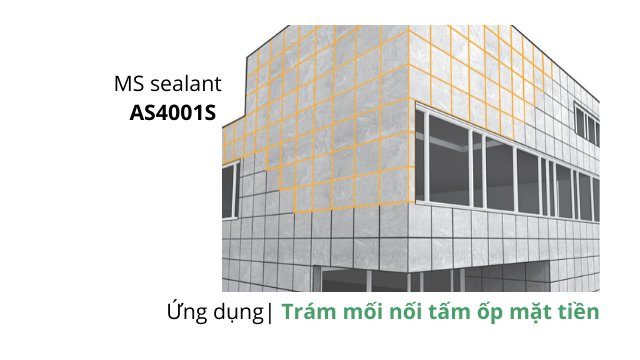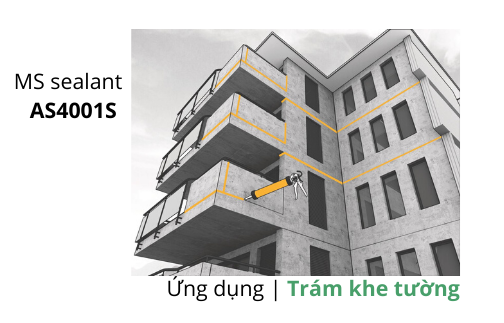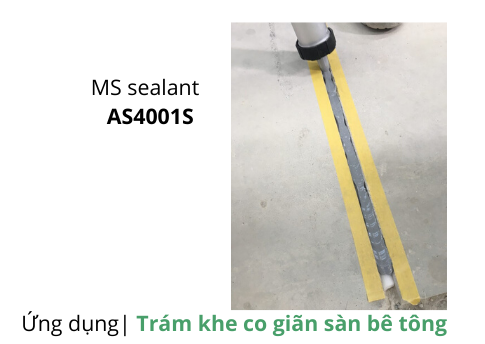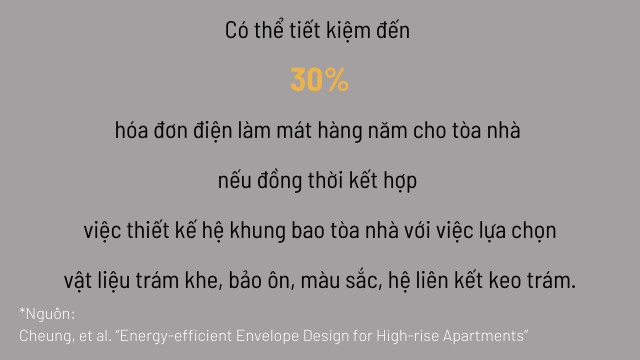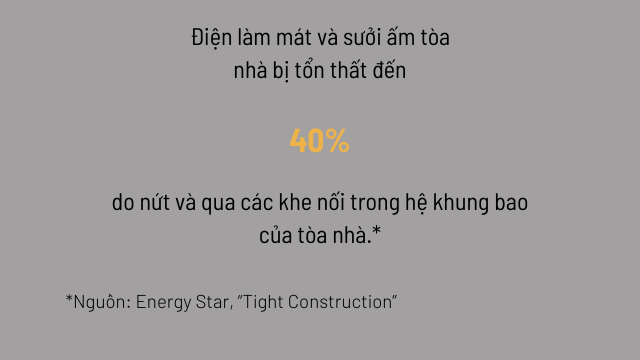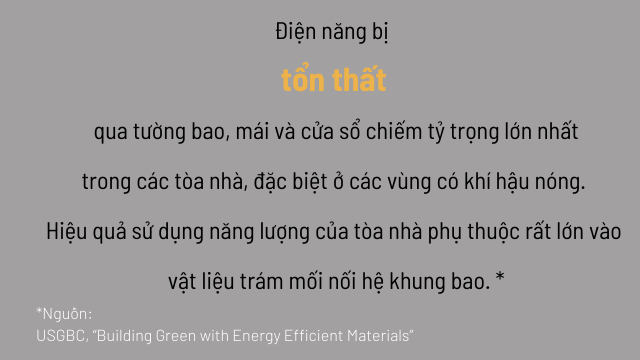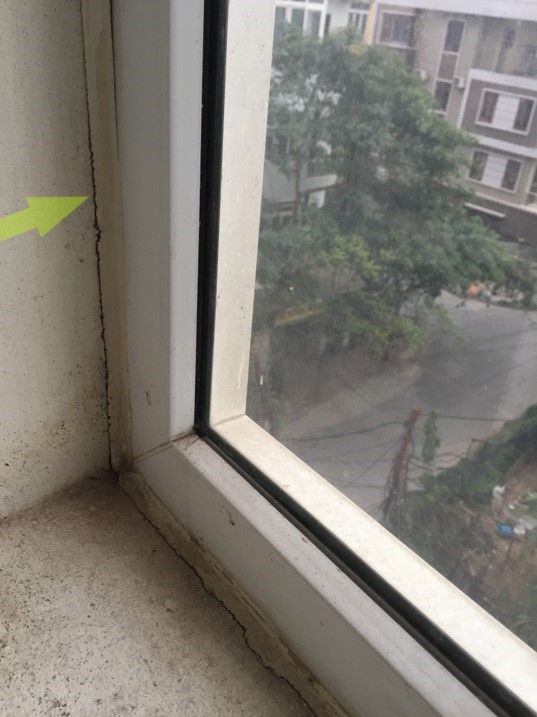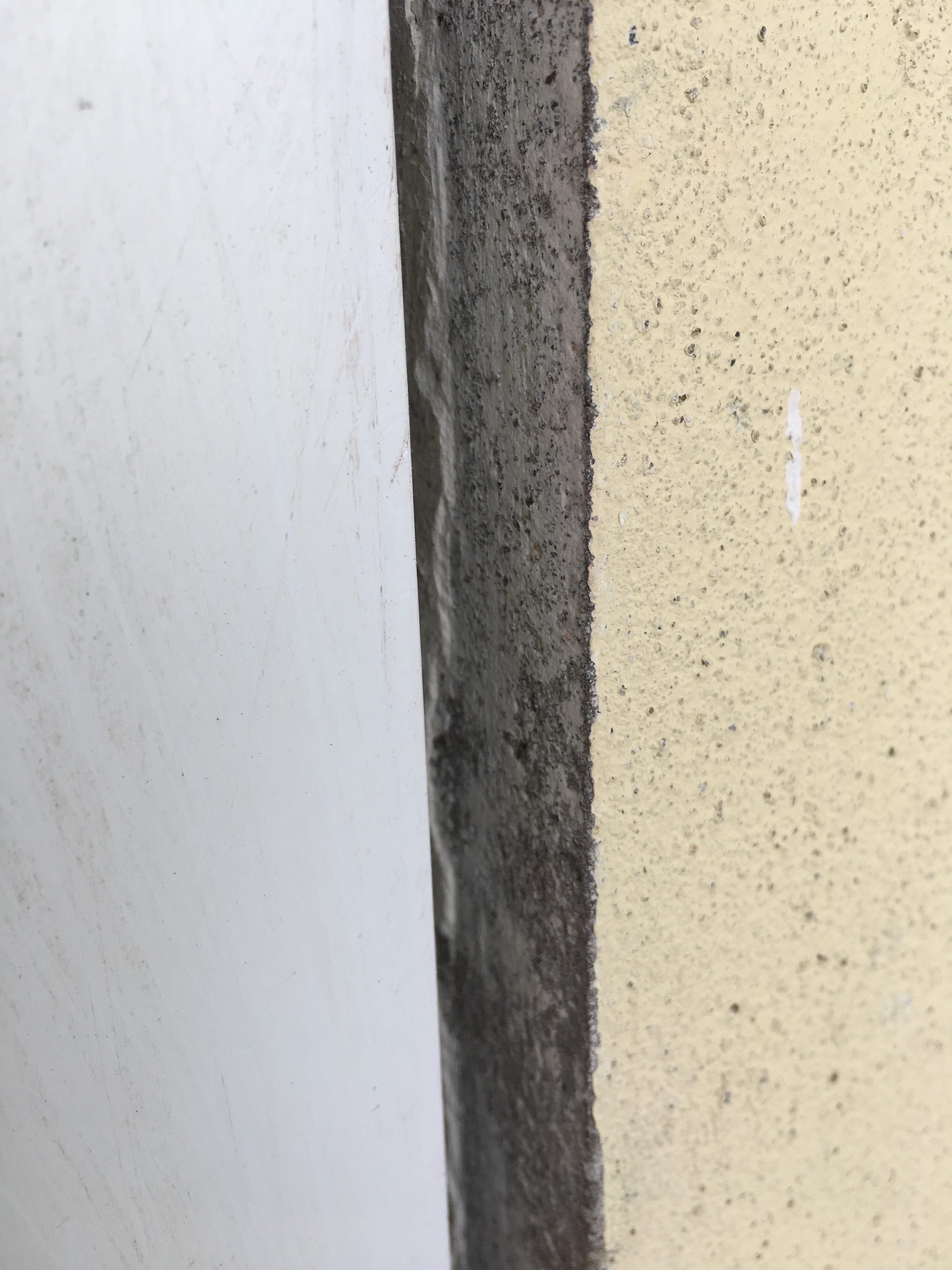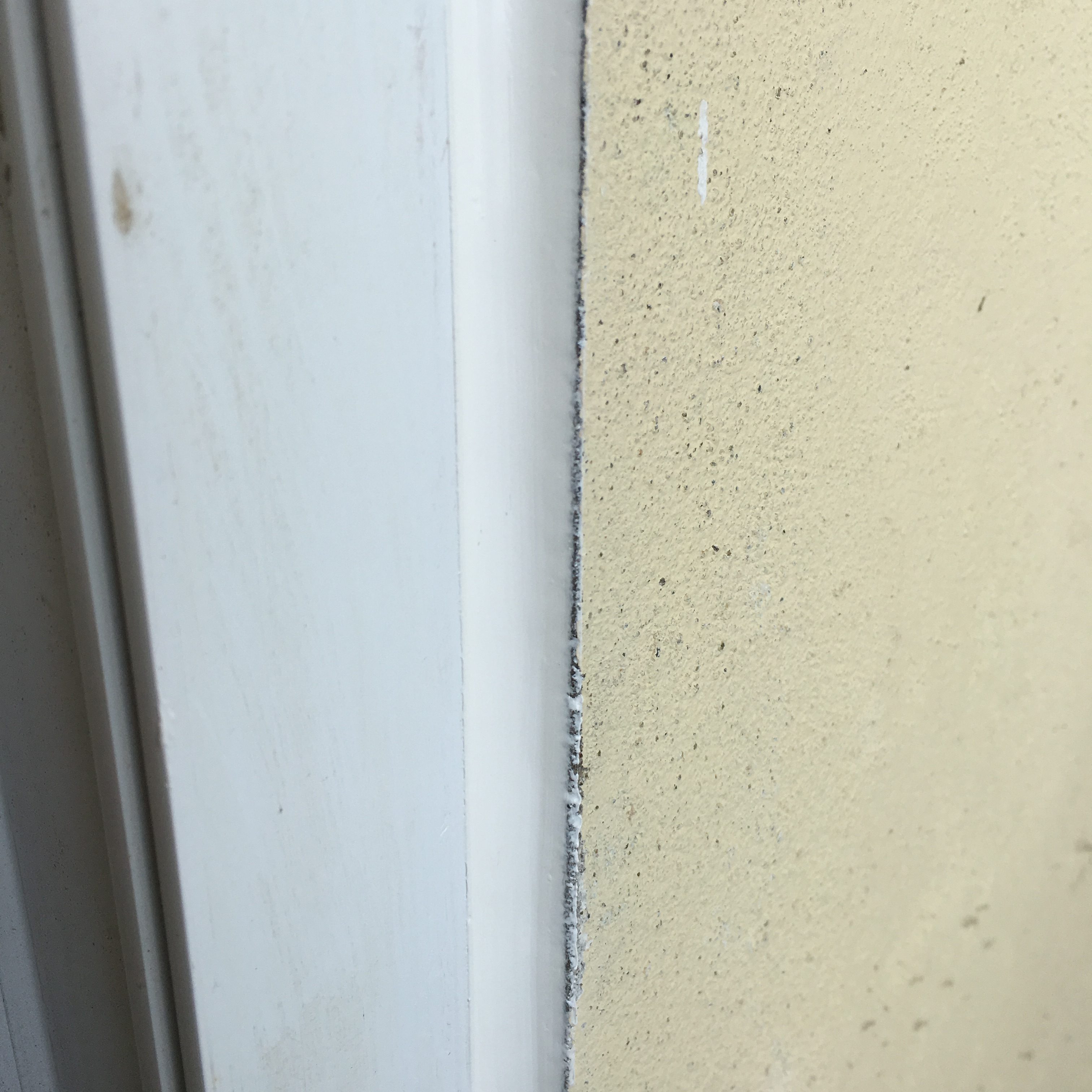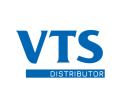Biến dạng của keo và khe nối theo biến thiên nhiệt độ
Khe nối là hạng mục xây dựng được thiết kế để liên kết các vật liệu khác nhau và giảm tác động của sự dịch chuyển giữa các cấu kiện chịu lực và giúp giảm thiểu nứt. Khe nối thường được bố trí giữa các phần tiếp giáp của hệ ốp mặt tiền tòa nhà, bản sàn bê tông, cầu, mặt đường, đường ray, đường ống vv và được bịt kín bằng keo trám khe.
Các khe nối bị lỗi sẽ kéo theo rò rì, thấm nước và hư hỏng công trình. Bài viết này sẽ phân tích nguyên nhân và đưa ra giải pháp giúp các công trình xây dựng luôn luôn khô và kín nước.
Các khe nối xây dựng chuyển vị theo 3 cách khác nhau, tác động đến keo trám trong khe nối: giãn nở, co ngót và chuyển vị dọc.
Các tòa nhà và kết cấu xây dựng dân dụng gồm các cấu kiện khác nhau và có sự chuyển vị lẫn nhau một cách tương đối. Có 2 kiểu chuyển vị:
| Chuyển vị do biến thiên nhiệt độ
Nhiệt độ thay đổi do các tác động của khí hậu, ánh nắng và thời tiết làm cho các cấu kiện xây dựng giãn nở hoặc gây co ngót. Khi keo trám trét kết nối các cấu kiện lại sẽ tạo thành chuyển vị vĩnh cửu. Khi nhiệt độ tăng, các cấu kiện sẽ giãn nở, các mối nối sẽ co lại và keo bị ép lại. Khi nhiệt độ giảm, các cấu kiện sẽ co lại, các mối nối sẽ to ra và keo trám trét sẽ giãn ra hoặc giãn dài. Khi nhiệt độ giảm, độ bám dính của keo với bề mặt mối nối là rất quan trọng.
Các dịch chuyển do biến thiên nhiệt độ là rất lớn trong trường hợp các cấu kiện lớn hoặc khi sử dụng các vật liệu khác nhau như tường gạch và vành đai cửa sổ bằng vinyl.
| Chuyển vị do biến động địa chấn
Chuyển vị kết cấu vì một số lý do. Có thể do lún các kết cấu, do rung chấn hoặc do các tải trọng khác như gió. Chuyển vị kết cấu thay đổi kích thước mối nối ban đầu và có thể gây ra ứng suất lên vật liệu trám trét, thường là ứng suất cắt.
Chuyển vị bên trong các mối nối là không tránh khỏi và giải pháp lâu dài để đảm bảo chuyển vị đó là sử dụng keo trám trét mối nối đàn hồi. Các loại keo này vẫn duy trì chức năng và tính năng ban đầu và độ bám dính với bề mặt trong suốt thời gian sử dụng và đảm bảo độ kín khít lâu bền.
Các kết cấu của công trình hiện đại phụ thuộc rất nhiều vào keo trám khe nối trong việc ngăn ngừa hư hỏng do thấm nước gây ra đối với công trình và các hạng mục bên trong công trình. Kỹ thuật chống nước ứng dụng cho các công trình thường là sử dụng mái che, băng dán các mối nối mái che. Nếu phần keo trám khe nối bị hỏng, khả năng thấm nước là không tránh khỏi. Vấn đề phổ biến hiện nay là các thiết kế thường không coi trọng và quan tâm đúng mức đến phần vật liệu trám khe nối. Dưới đây là một số bí quyết để tránh các vấn đề nêu trên.
| Ứng dụng phổ biến
Keo trám khe được sử dụng để bịt kín các khe nối hở nhằm ngăn nước và không khí đi qua (cả phần trong và ngoài nhà); vì mục đích thẩm mỹ (đối với các bề mặt trong nhà, nơi không bị thấm nước); và nhằm giảm truyền âm thanh qua các khe nứt, khe hở (thường là ở các cấu kiện lắp ghép). Nếu không tính đến các yếu tố nêu trên trong thiết kế và thi công, thì có lẽ các vật liệu trám khe là không cần thiết. Có nhiều loại vật liệu trám khe hở khác nhau, trong bài viết này, chúng tôi chỉ đề cập tới keo trám khe nối (keo silicone sealant – được thi công bằng cách bơm, có độ đồng nhất và bám dính tốt, bám dính vào cả 2 mép của khe nối.
Đối với phần ngoài nhà. Hầu hết các bề mặt ngoài nhà đều được trám keo nhằm cho phép các dịch chuyển mà không gây hư hỏng vật liệu. Hai nguyên nhân chính gây ra các chuyển vị là co giãn nhiệt và dịch chuyển địa chấn.
Một số bề mặt như mái lợp, có thể được chồng mí để đảm bảo thoát nước đồng thời cho phép các chuyển vị – thường không cần trám keo. Một số bề mặt khác có yêu cầu trám keo như tấm panel kim loại có khe nối được trám keo để tránh rò rỉ nước.
Việc sử dụng kết hợp nhiều loại vật liệu khác nhau cho phần ngoài nhà sẽ tạo ra các khe hở bắt buộc phải dùng keo trám để bịt kín.
Các bề mặt ngoài phổ biến cần phải trám keo gồm có:
- Khe nối tường ngoài (khối xây, bê tông, vữa trát);
- Khe nối khuôn cửa đi, cửa sổ;
- Khe nối sàn bê tông
- Khe nối mái che kim loại;
- Khe nối hệ mái che; và
- Khe lún.
Phần ngoài nhà. Các khe nối trong nhà thường không có biến thiên nhiệt độ nhiều như khe nối ngoài nhà. Chúng được sử dụng cho nhiều lý do khác nhau. Các tấm thạch cao thường yêu cầu phải có khe nối để tránh nứt. Các khe nối trong nhà thường được bịt kín bằng keo trám khe để tránh bụi bẩn và tăng thẩm mỹ. Các bề mặt trong nhà cần trám keo gồm:
- Tấm thạch cao;
- Tường trát;
- Khe co giãn và khe lún; và
- Các khe nối trong nhà tắm và nhà bếp
Để tránh các hư hỏng cho công trình do khe nối gây ra, cần
- Lựa chọn giải pháp thiết kế phù hợp.Tuổi thọ của các dòng keo trám thường ngăn hơn tuổi thọ công trình.
- Dự tính đúng biên độ chuyển vị dự kiến. Xem xét chiều rộng khe nối, khoảng cách giữa các khe nối và biên độ co giãn nhiệt. Có thể tham khảo tiêu chuẩn ASTM C 1472, Tiêu chuẩn ASTM C 920, ISO 11600
Có 3 dạng khe nối:
- Khe co giãn (khe nối co lại hoặc giãn ra theo biến thiên nhiệt độ môi trường);
- Chuyển vị dọc (2 mép của khe nối chuyển vị theo phương dọc, vật liệu trám khe bị vặn xoắn nhưng không bị nén); và
- Đồng thời kết hợp cả 2 dạng chuyển vị trên)
- Chọn vật liệu trám khe có khả năng chịu được các dịch chuyển dự kiến.Hầu hết các lỗi về vật liệu trám khe liên quan đến các chuyển vị – đánh giá sai các chuyển vị dự kiến hoặc lựa chọn sản phẩm keo trám không có khả năng chịu được các chuyển vị. Vật liệu trám khe nối phải có khả năng co giãn đàn hồi.
- Chọn vật liệu trám khe phải có khả năng chịu được các điều kiện khắc nghiệt của thời tiết. Nguyên nhân phổ biến thứ 2 gây hư hỏng khe nối là vật liệu trám khe bị xuống cấp do nước và thời tiết (bao gồm cả khu vực ẩm ướt trong nhà).
- Quy định loại keo trám phù hợp.Cách phổ biến nhất về quy định chất lượng keo trám khe là quy định tên sản phẩm, tên nhà sản xuất và đưa ra tiêu chuẩn tham khảo.
- Quy định phạm vi công việc trám khe một cách đầy đủ và chi tiết.Lỗi thi công diễn ra phổ biến nhất do không quy định rõ các loại khe nối phải trám keo và chủng loại keo trám phải sử dụng. Trên bản vẽ thi công thường không chỉ rõ phạm vi công tác trám khe. Cần phải mô tả phạm vi công tác trám khe bằng lời trên bản vẽ hoặc trong 1 mục tiêu chuẩn kỹ thuật cụ thể.
